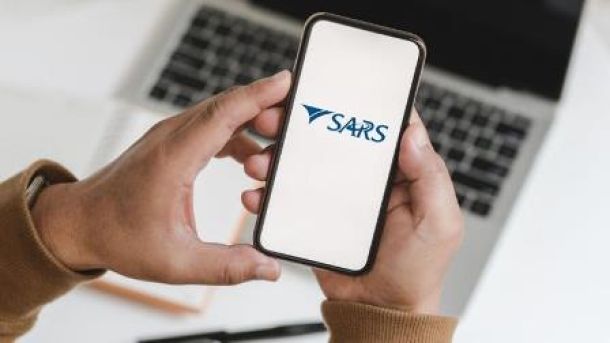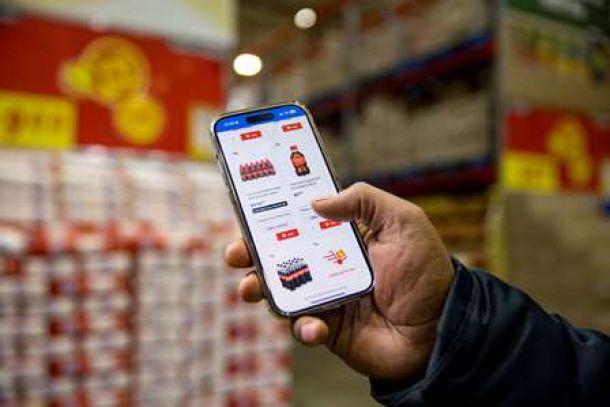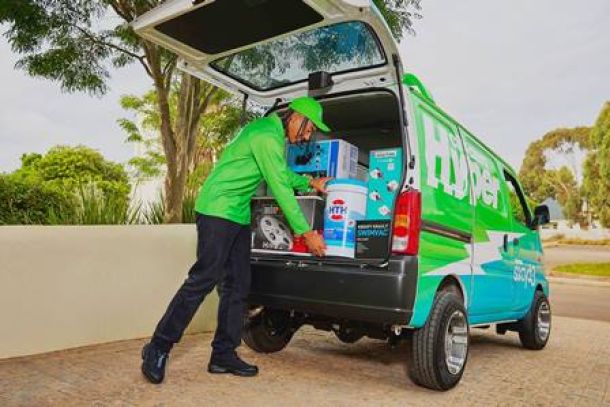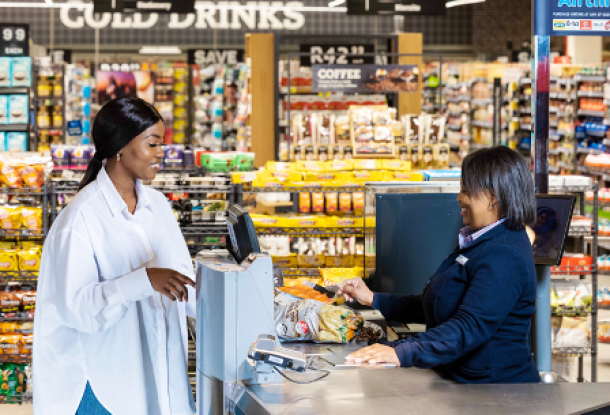Pick n Pay Brand Match: How successful? Lessons for rival marketers at retail?
The 31st of August 2015 will mark the first anniversary commemoration of the launch of Pick n Pay Brand Match by Pick n Pay, the second largest supermarket chain store in South Africa. Those outside of South Africa might be asking: What is Pick n Pay Brand Match?
Similar to the price comparison promotions ran in previous years (and currently) by both Sainsbury's, the second largest chain of supermarkets in the United Kingdom and Tesco PLC, a British multinational grocery and general merchandise retailer....
Pick n Pay Brand Match is an application which compares prices of one thousand top-selling branded products with prices in other supermarkets.
Launched on the 31st August 2014, when a Pick n Pay customer buys ten or more different products, and at least one is in the Brand Match thousand, it will trigger a price comparison at the till.
If the total of their Brand Match products would have cost less elsewhere, the customer will receive a cash-off coupon worth that amount for their next purchase.
Pick n Pay uses two independent research companies to collect prices countrywide on a weekly basis. These independent research companies ensure that Brand Match is conducted accurately and professionally.
In just under 10 months after launching Brand Match, Pick n Pay doubled the number of products to be compared for customers in-store to 2,000.
Background leading to the Brand Match launch......
It was in February 2013 when former Tesco UK Chief Executive Officer, Richard Brasher, moved into the hot seat at the Giant South African retailer Pick n Pay. The mandate was to help turnaround the ailing retailer after profits slumped.
Richard Brasher's turnaround strategies included, inter alia, an overhaul of Pick n Pay structure to focus on a more centralized distribution network, which has helped reduce costs and ease the pressure of muted consumer spending. Pick n Pay and the rest of the South African shopping chains have been struggling amid unemployment of about 25 percent and high levels of personal debt.
Pick n Pay has lost ground to Shoprite and other rivals in the last few years after failing to invest in new stores and paying out much of its profit as dividends.
in April 2015, two years later, the numbers attested to the fact that Pick n Pay is a very different operation from what it was at the end of the 2013 financial year, when Brasher joined the company. In the year to February 2015, turnover increased by 6% to R66.9 billion, up from R63.1 billion in 2014 and R59.3 billion in 2013.
Investors are impressed but not satisfied. They applaud Pick n Pay results, but demand much more. The road to recovery is still long, rough and bumpy. Even though South African market continues to be under significant pressure, Pick n Pay still needs to drive turnaround initiatives, go out there and gain market share.
One of the turnaround initiatives is the price comparison promotion, Pick n Pay Brand Match
Under scrutiny, can Pick n Pay Brand Match answer the following two marketing questions in a way that satisfies shareholders?
- 1. For every Rand spent on every Brand Match endeavour - from stationery, the independent research companies who collect prices countrywide on a weekly basis for comparison, to the last act of issuing cash-off coupons, how many Rands of Sales has the price comparison campaign generated?
- 2. For every Rand of Sales, how much profit has it generated?
Overall Question
How Successful Has Pick n Pay Brand Match Been?
A Great Success!
That is according to Pick n Pay CEO Richard Brasher, who said: "Brand Match has been a great success with our customers. It has made shopping simpler and more reassuring for them. They no longer have to shop around for the best prices on a basket of top-selling products, because if we are more expensive on those products we will issue them with a voucher for the difference for their next shop".
"Recognising the success of the scheme and its importance to customers, we are now doubling the number of products covered by Brand Match. So customers will have even less reason to shop around and even more reason to shop at Pick n Pay," he said.
"Brand Match has strengthened customer confidence in just how competitive our prices are. Most shopping baskets turn out to be cheaper, or the same price, at Pick n Pay than at competitor stores. When customers do get a coupon from us, it is usually for a small amount".
"The first 1,000 products included in Brand Match represented nearly half of all sales of branded grocery items at Pick n Pay. Taking the programme up to 2,000 items means we will now be covering well over 50% of all sales of branded grocery items," concluded Richard.
What are the Marketing Lessons from the Brand Match Price Comparison Campaign?
- 1. It addresses price perception, and benefits customers directly through lower prices: Pick n Pay Brand Match assures customers that they won’t pay more for brands at Pick n Pay than at Shoprite/Checkers, Spar, Woolworths, Massmart, Metcash, etc.
- 2. Possible gain from new customers acquired will outweigh the lost profits from the lower prices to existing customers.
- 3. Competitors know that Pick n Pay will very quickly be aware of any price reductions, including specials, and as such Pick n Pay will immediately meet the price reduction.
- 4. Time is precious to the busy consumer who cannot afford to shop around. Pick n Pay Brand Match slogan: "We shop around, so you don’t have to.” This is one of the benefits passed to consumers.
- 5. Competitor Analysis: "We check prices against other supermarkets, including adverts, as and when they Break." Pick n Pay Brand Match claim.
- 6. Money Back Guarantee / Saves Customers Money: If the total of the customer's Brand Match products would have cost less elsewhere, Pick n Pay gives the customer a cash-off coupon worth that amount for their next purchase.
Pick n Pay knows that consumers want great value for their money and the best deals, but that consumers don't want the hassle of shopping around.
Pick n Pay Solution: Takes away the hassle of shopping around and offers best prices!
In closing, the battle between the supermarkets rages on. Taking a closer look at the supermarkets’ price wars and the small print in their promises I ask myself:
- Is there a dubious value in supermarkets' price-match promises?
- Do price-promises really deliver hoped-for savings?
- Sustainability: What is the potential long-term harm of such strategies, for the company that employs these strategies, the consumer, the competition/competitive behaviour and the economy?
News Category
- International retailers
- On the move
- Awards and achievements
- Legislation
- Wine and liquor
- Africa
- Going green
- Supplier news
- Research tools
- Retailer trading results
- Supply chain
- Innovation and technology
- Economic factors
- Crime and security
- Store Openings
- Marketing and Promotions
- Social Responsibility
- Brand Press Office
Related Articles

SARS launches WhatsApp channel to help check ta...

Shoprite launches online shopping and bulk deli...

Sixty60 promises lightning-fast delivery of 10 ...

Pick n Pay launches new money transfer service,...


